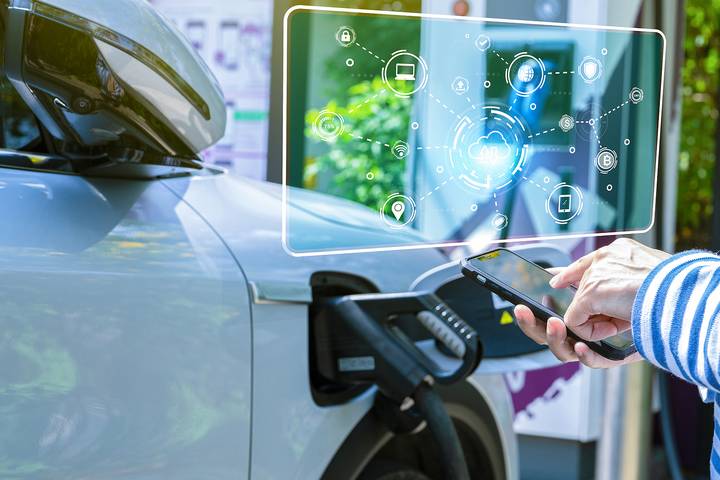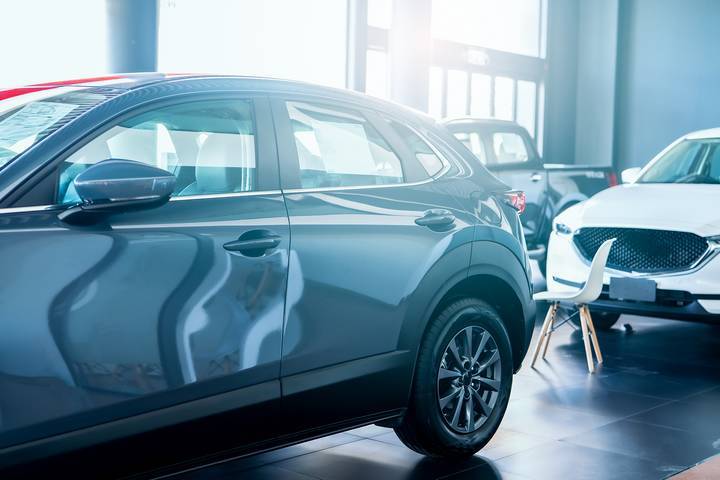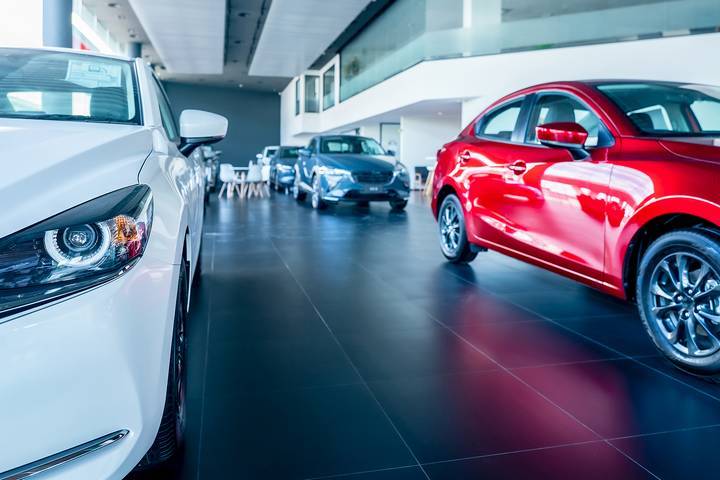
Most of the major car manufacturers are building alternative energy vehicles, and as we switch to a greener mode of transport, the planet and those that inhabit it reap the benefits. Unfortunately, the transition is slow because it requires lots of raw material to build batteries and building an infrastructure to charge electric vehicles takes time.
We can purchase a fully electric vehicle or a hybrid, and they both will save you money on fossil fuel, so it all depends on what you want for convenience and reliability.
Are you having some trouble deciding which type of car to purchase? Here are the differences between hybrid and electric cars.
Hybrid Cars

Hybrid cars are exactly as the name suggests; they combine two fuel varieties to power the vehicle. A hybrid car can run on either gas or electric, which is a safeguard in case you run low on battery power. This is great for peace of mind, especially if you are taking and extended trip beyond the battery’s capacity.
You can map out commercial EV chargers and stations to keep your car’s battery topped up. Depending on the hybrid type, the combustion engine is ready to kick in when required to keep you moving.
Hybrid cars come in a few different versions:
Full Hybrid
A conventional or full hybrid vehicle has a combustion and battery-powered engine but cannot be charged from the electrical grid. This means there is no plugging in to charge. It can run on either system alone or a combination of both and charges the battery through energy recovery when braking and cruising to a stop.
Mild Hybrid
With a mild hybrid, the main fuel source is gas, but it will switch to electric when braking, coasting or stopping. It cannot power the vehicle electrically, so it is a conventional engine with a large starter that helps improve fuel economy.
Plug-in Hybrid
A plug-in hybrid also gives you the best of both worlds but requires recharging it into the grid. This makes the battery the main power source with the combustion engine as the backup, and you can drive emission-free until the battery is depleted.
You must refuel at a gas station and change the oil with all hybrids. It is a great way to transition to a fully electric one as you learn where charging stations are and understand the performance differences between gas and electric.
Electric Cars

An electric vehicle, or EV, is where the future is going, and more people are seeing this as a way to lower their ongoing transportation costs. EVs have no internal combustion engine, so they rely fully on electric power. They have large-capacity batteries that store energy and use one or more electric motors to generate mechanical power and recover energy from braking.
Because there is no fuel burning, your EV gives off no emissions. This means you aren’t directly contributing to greenhouse gases and helping reduce your carbon footprint.
Electric cars must be charged to operate, which can be done in several ways. Prices vary but are generally about 1/5th the cost of refuelling to a gas car, and there is no need for oil changes, exhaust systems, transmissions or other standard maintenance as you have with a combustion engine.
To charge your EV, there are three different types:
Level 1
Level 1 is basic charging with an adapter supplied when you purchase the vehicle. It plugs into the car and then into a standard 120v power source from an outlet in your house. When parked at home, you can charge your car at a rate of around 10k of charge per hour.
Level 2
With a level 2 charger, you can plug into a 240v outlet for seven times the charging speed. This is an after-market buy, but it is worth it to recharge your battery fast. You can install a level 2 charger at your home for convenient plugging in when your car is parked in the driveway. These chargers are also found at commercial, retail and restaurant locations, so you can recharge while shopping or dining.
Level 3
Level 3 charging is for long-range driving, and they are dedicated electric pumps positioned on various roadways to accommodate travellers. They charge quickly and will help you make long-distance trips in your EV.
We have all grown up with the combustion engine, and there have been decades of infrastructure to make it easy to refuel. This will eventually be implemented for electric charging, and more people will transition to hybrid and electric cars.
This is the difference between hybrid and electric cars. The choice is personal, and you may want to jump into a fully electric vehicle or get your feet wet with a hybrid. Either way, you join many people who see the value of leaving the combustion engine behind. Enjoy your eco journey into the realm of electric power and ride the electric wave towards sustainability.












